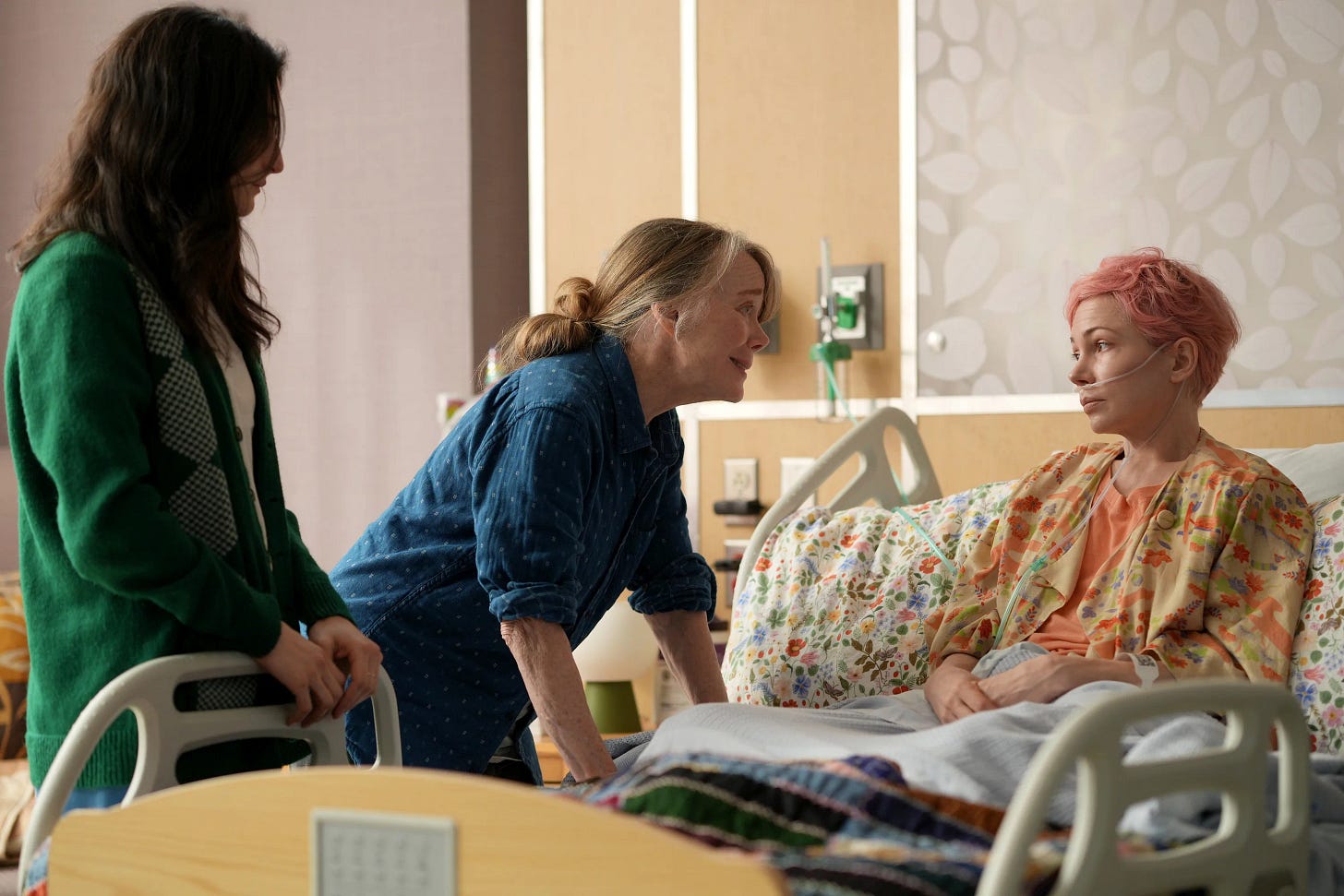Read on to hear from Dying for Sex’s production designer about where and why he sourced those sheets.
I came a little late to Dying for Sex, the Hulu series that dropped in April. But in the maelstrom of my current existential disarray, I thought: Why not surrender to melancholy and watch something truly tragic to marinate in my own self-pity?
The show st…



